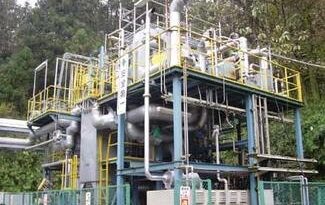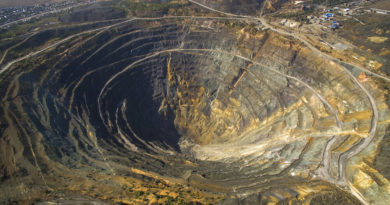As Air pollution escalates in India, China reins in the menace
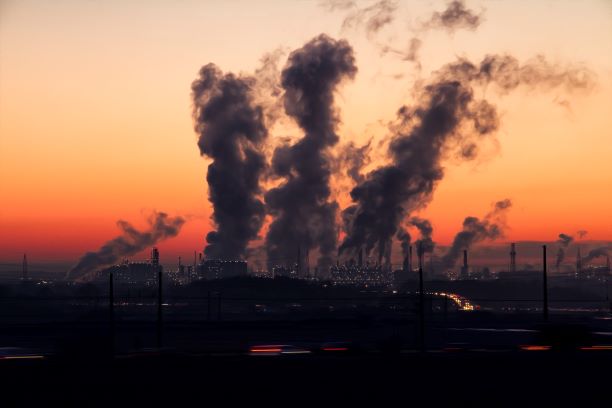
Right in the lead up to Diwali, and post that, you couldn’t have missed news pieces about the looming dangers of Air pollution in India. Delhi continued to hog the ‘limelight’ here to, even though other, worse affected cities like Allahabad and Kanpur were also acknowledged. It’s important to highlight here that this is no longer a seasonal phenomenon. Blame what you will, but actors like stubble burning, fire crackers only cause a temporary spike to positively hazardous levels, for the rest of the year, we do barely much better with pollution in the severe zone or worse. Almost 7 million recorded deaths occur due to air pollution worldwide in 2017, with India on top with close to 10% of those. Out of the 7 million lives lost, chronic obstructive pulmonary disease (COPD) accounted for 19 per cent of the total deaths caused in the year from air pollution while 7 per cent people died of lung cancer. Lets look at the facts:
India is Pollution Central
India houses nearly half of the most polluted cities in the world. WHO released its list of the world’s most polluted cities in the world and Indian cities unfortunately did not surprise. 14 out of 15 are in India and all in the northern part of the country clustering in and around UP, the agricultural belt of India.
List of top polluted cities in the world: WHO
| RANK | CITY | PM 2.5 LEVEL |
| 1 | Kanpur | 173 |
| 2 | Faridabad | 172 |
| 3 | Varanasi | 151 |
| 4 | Gaya | 149 |
| 5 | Patna | 144 |
| 6 | Delhi | 143 |
| 7 | Lucknow | 138 |
| 8 | Agra | 131 |
| 9 | Muzaffarpur | 120 |
| 10 | Srinagar | 113 |
| 11 | Gurgaon | 113 |
| 12 | Jaipur | 105 |
| 13 | Patiala | 101 |
| 14 | Jodhpur | 98 |
| 15 | Ali Subah Al-Salem (Kuwait) | 94 |
Now with Diwali gone, the air quality plummeted to another low. 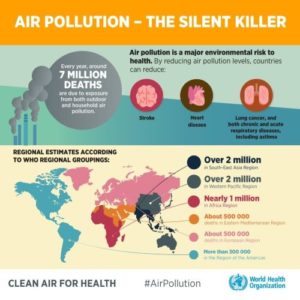
Lack of Political Will:
No matter the grim scenario, the government and its bodies have shown an unsatisfactory trend of under funding, and worse, under utilization of funds to tackle pollution. In simpler terms, as per the documents furnished by the Ministry, in 2016-17 too, the BE (Budget Estimate) allocation of Rs. 20.00 crore for this scheme was reduced to Rs.9.60 crore at RE (Revised Estimate) stage and the Ministry of Environment, Forest and Climate Change could utilise only Rs.6.22 crore during the year.
Supreme court of India has asked time and again as to why ministries have failed to act in a coherent manner when there is clear provision of funds in the budget as well as there are cesses such as education cess, road cess, infrastructure cess, clean energy cess, Krishi Kalyan cess, Swachh Bharat cess and others.
“What are you doing? So many funds have been created under the orders of this court. Which are these funds and what is the amount lying in these funds,” a three-judge bench headed by Justice M B Lokur, asked the MoEFCC in March this year.
According to the media report, the central government left Rs 56,700 crore amount in the National Clean Energy and Environment Fund unused which was meant to fight climate change and to control pollution.
The government raised the coal cess from Rs 50 to Rs 100 per tonne in 2014 and won the praise from environmentalists globally and also got a favourable position at the Paris Climate Change negotiations, and on the other side, it left the fund unused and diverted it to Goods and Service Tax regime. Look at it another way. While the government has held firm even during rising prices on its fuel taxes, it has precious little to show in terms of action on the pollution front.
Closer to the pollution capital Delhi, an RTI reveals that the Delhi government had used mere Rs 93 lakh of a Rs 700 crore amount it collected under the environment cess. After the criticism, Delhi government now says the Rs 786 crore cess fund will be used to strengthen the public transport system in the national capital. It plans a procurement of 500 electric buses besides 2,000 DTC and cluster buses.
China’s figures shows the way
While 2.5 PM levels have soared in India, data from our neighbour China shows the will needed to tackle the dirty air.
After battling the air crisis of 2013, in the five years since, Beijing’s PM2.5 had fallen by about 54%- a number our cities require to achieve to be able to breathe easily.
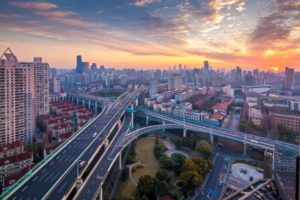
The Chinese policymakers kept Two targets to get this done: Vehicular Pollution and Construction dust, which are similar to air pollution constituents in India.
Read: After All Electric Bus Fleet, Shenzhen Ready to Transform its Taxis Next
Beijing Municipal Environmental Monitoring Centre in its research found out that dust kicked up from roads and construction sites… to be on the rise. The proportion of its PM2.5 contribution increased from 14.3% in 2013 to 16% last year.
The second such survey on air pollution in Beijing revealed that in 2017, around 45% of PM2.5 came from vehicles. Diesel trucks were the worst offenders, it said.
So in 2017, Chinese restricted the movement of diesel trucks within the city. The pollutant emissions from major cargo corridors in and out of Beijing have been reduced by 34%. Later, government also banned construction of road and water projects as well as demolition of houses between November and 15 to March 15 within Beijing’s six major districts to curb construction dust.
From October 1, emission restrictions have also been put in place on heavily-polluting sectors including thermal power, steel, petrochemical and cement.

Ideas for India
Pollution is a problem to be tackled now, not a graded target like climate change goals. To that extent, policy needs to be oriented to driving change in a period of 1, 3 and 5 years.
-Do do that , set targeted policy. Frequent policy changes waters down their effect well before their actual implementation. Exceptionalism, of the kind that ruled during Delhi’s odd-even experiment, need to be ruled out. It is critical to price in costs like lower productivity, healthcare. That should help take tough policy decisions like free public transport on peak pollution days, parking preference for public transport on such days and more.
-War on Dust. Yes, it’s everywhere, but that doesn’t mean we give up on dust. Most experts are coming round to the view that dust remains the biggest contributor to air pollution, and requires a change in mindset. Thus construction does not have to mean dust as a natural outcome. There are ways to control it, and those methods need to be followed. Even basic cleaning methods being used for the streets, which involve a broom wielding worker shifting piles of mostly dust to one corner, need to change. Dust needs to be REMOVED regularly.
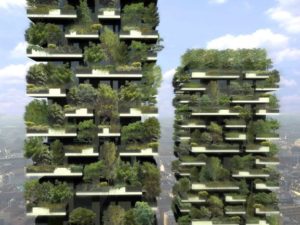
-We keep saying this, and will repeat it again. India needs a massive public bus transport system, that competes favourably with personal vehicles on not just cost, but also convenience and quality.
Read: Why India Needs to Follow a Different Road on Transportation
-Feasible planning of infrastructure, like green spaces or vertical forests which can lower the carbon dioxide emitted during the day while lowering the temperature in the surrounding areas. Trees over Grass should be the motto for greening public spaces, as grass just guzzles water for maintainance, while the right trees do so much more. These will also help control the problem of dust to an extent.
Read: Indian Minister Releases ICAP Draft, Green Body CSE calls it Myopic
-Cycle lanes: We need to bring back the cycles on the road so that travelling to short distances becomes easy and safe. Aligned to that is the need for a ruthless and focused move to clean our pavements for the purpose they were made for, not street food and other businesses that have invaded them for good, and driven pedestrians to walk on dangerous roads.
Read: India’s war on walking and why it is killing us and our cities
– Do nothing that you wouldn’t do yourself. That means getting government employees to use public transport, government buildings to be powered by renewable energy and be green in other ways, and government owned spaces to be planted with trees where possible.
-While installing solar powered bus stands, metro stations and lights all around the city, air purifying plants or moss walls or mechanical air filters.
Also Read: Sustainability IS the new Godliness. India’s religious destinations show the way
-Carbon Neutral buildings: with smart cities and rapid urbanisation, newer buildings must be designed as carbon neutral structures. According to report by World Green Building Council at COP 21 in Paris in 2015, says that by 2050—when 68 percent of the world’s population is projected to live in urban areas—all buildings will only use as much energy as they generate. Many cities like New York, London, Tokyo, and Johannesburg—declared that they will enact policies and regulations that will make all new buildings carbon neutral by 2030. Upcoming Indian cities must also plan to make them carbon neutral.

